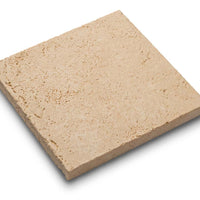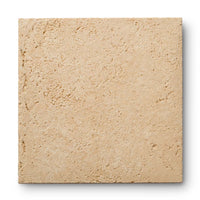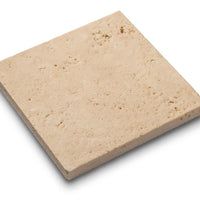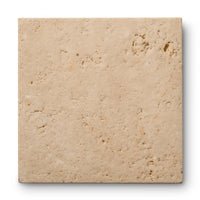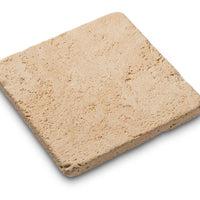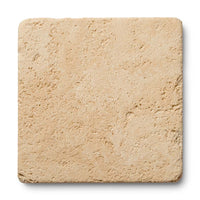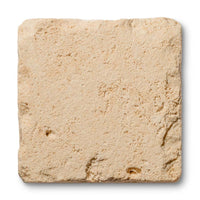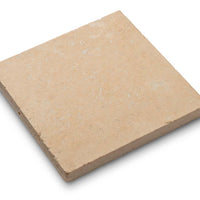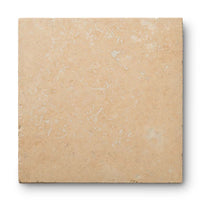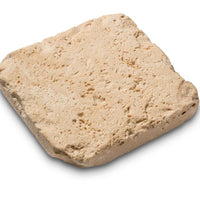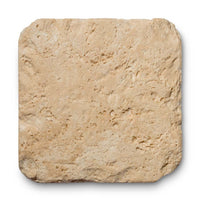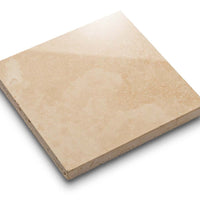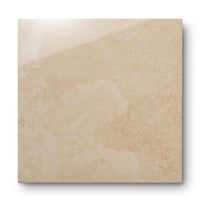What Is Craftsman Style?
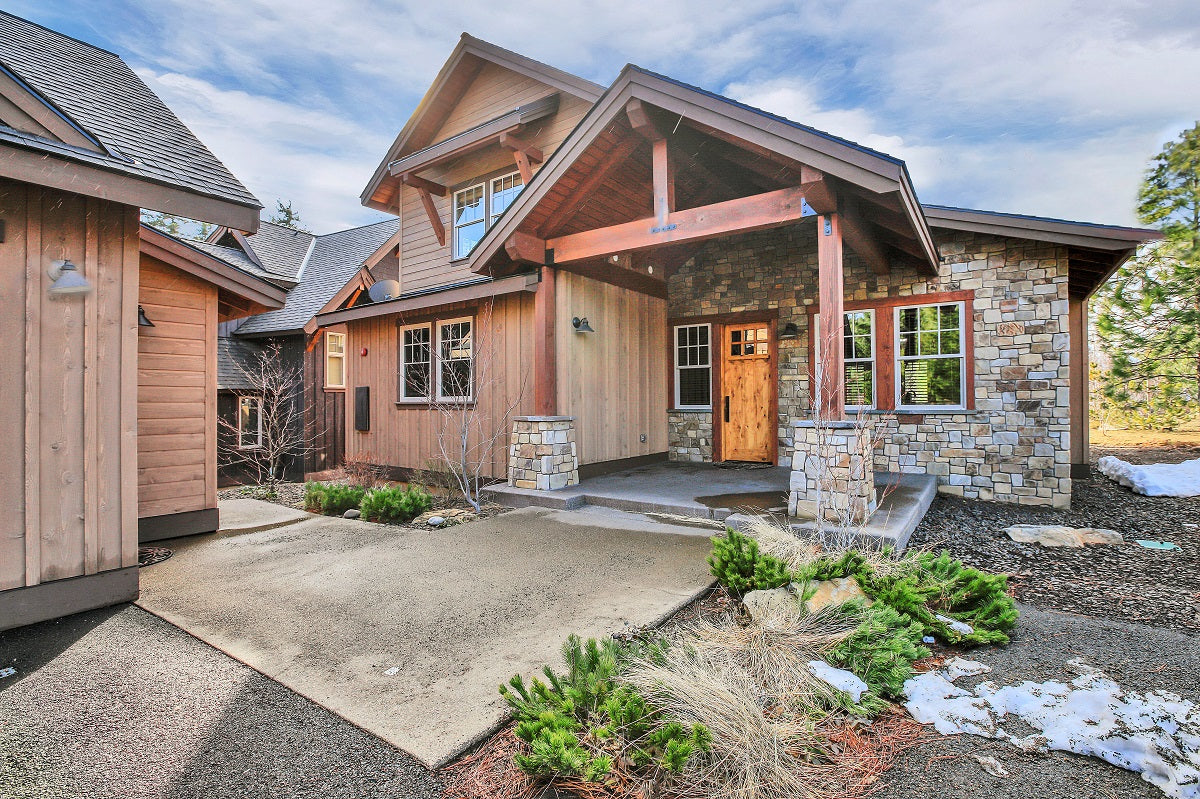
The craftsman style is a uniquely American architectural and design movement that arose in the early 20th century. It was inspired by the Arts and Crafts Movement of England, which emphasized simple, handmade objects made from natural materials.
The American version of this movement was influenced by:
Craftsman style homes typically feature a low-pitched roof, large front porches, and natural materials such as stone, wood, brick, and stucco.
While there is a range of expression, particularly depending on what part of the country you’re in, craftsman style homes are characterized by:
A few hallmark features can help you recognize a craftsman-style house at a glance.
So, what defines craftsman style beyond its architectural features? At its core, it’s a philosophy rooted in the British Arts and Crafts movement, which made its way to the United States in the late 19th century.
The Arts and Crafts movement was a reaction to the Industrial Revolution, which had led to an increasing division of labor in society and a life lived further away from nature. The movement was also a reaction against the idea that art should be seen as a commodity. Philosophical components of the Arts and Crafts movement that are expressed in Craftsman style include:
The style gained traction in the U.S. after the 1893 World’s Columbian Exposition in Chicago, Illinois. The exposition provided an opportunity to demonstrate how the craftsman's style was a considerable contrast to the European styles that were popular at the time. Gustav Stickley and architects like Greene & Greene helped define and spread the style, which emphasized hand-craftsmanship over industrial production.
While the core values of craftsman architecture — simplicity, function, and honesty in materials — remain intact, modern interpretations have become more refined. Today’s craftsman-inspired spaces often blend architectural tradition with contemporary forms and finishes.
At MATERIAL Bespoke Stone + Tile, this evolution takes shape through the Craftsman Family Collection: a range of timeless mouldings and surrounds that pay homage to the original movement while embracing timeless stonework.
Triangular motifs echo gabled rooflines. Crown mouldings, base mouldings, and chair rail mouldings are a few of our best-loved elements hand-carved from natural stone. Hues of Charcoal Limestone to White Marble ground your home in a palette of warmth, texture, and authenticity.
The Craftsman Door Surround, in particular, captures this spirit—each detail carved with precision, shaped from stone that naturally varies in tone and veining, making every install one-of-a-kind. These elements don’t just reference the past—they refine it. Each quietly commands attention and celebrates the enduring beauty of craftsmanship.
Craftsman style remains popular today, especially for interior designers who value quality craftsmanship and a connection to the natural environment. Whether you're building from the ground up or adding a touch of luxury with natural stone, MATERIAL invites you to explore our curated selection. Inspired by Arts and Crafts tradition, our fireplaces, architectural mouldings, and door surrounds add timeless character with classic, Craftsman-inspired detailing. Contact us or visit one of our showrooms for more information.
Please note: comments must be approved before they are published.
* indicates a required field
Our finishes are applied by hand, ensuring that each element of your order matches and blends together well. In some instances, you may notice a natural variation in the application of the finish. This is normal and should be expected with a handmade item.
